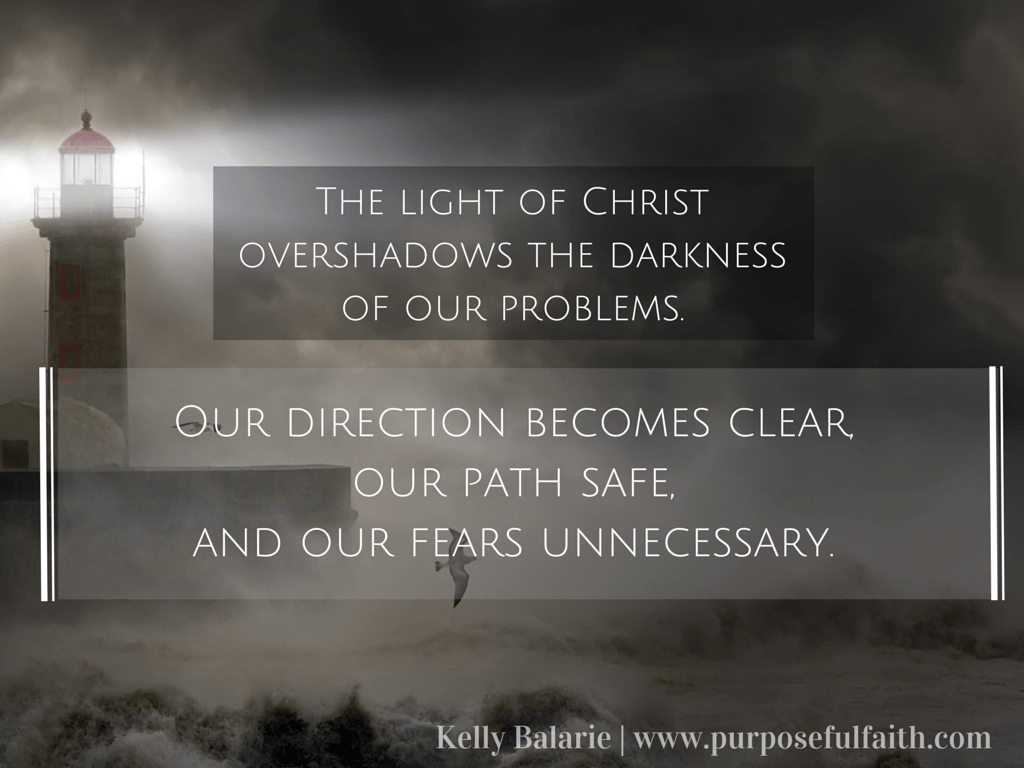

So, even though there is textual variation in Ephesians 3:9, it does appear that the direct object should be there (or be implied by the figure ellipsis) and so the verse should be translated something like, “enlighten all people” or “bring to light for everyone.”

Photizō occurs 11 times in the New Testament, and of those occurrences, Ephesians 3:9 is the only place where it does not have either a direct object, is used passively, or has an implied direct object by way of a prepositional phrase such as in Revelation 22:5. There are several important manuscripts that do not have the direct object “all” after the verb photizō, but it seems the manuscript evidence favors it being in the original text, which is why most English versions include it. There is a textual variant in this verse. Robertson says that it is a later Greek verb, “to turn the light on.” a Thus it was used as “to bring to light,” “to give light,” “to light up,” “to inform, teach, give understanding to.” The Sacred Secret was hidden in God until God told Paul and he in turn instructed others about it, so “to bring to light and teach about” would be a good understanding of the fuller meaning of the verb in this context.


 0 kommentar(er)
0 kommentar(er)
